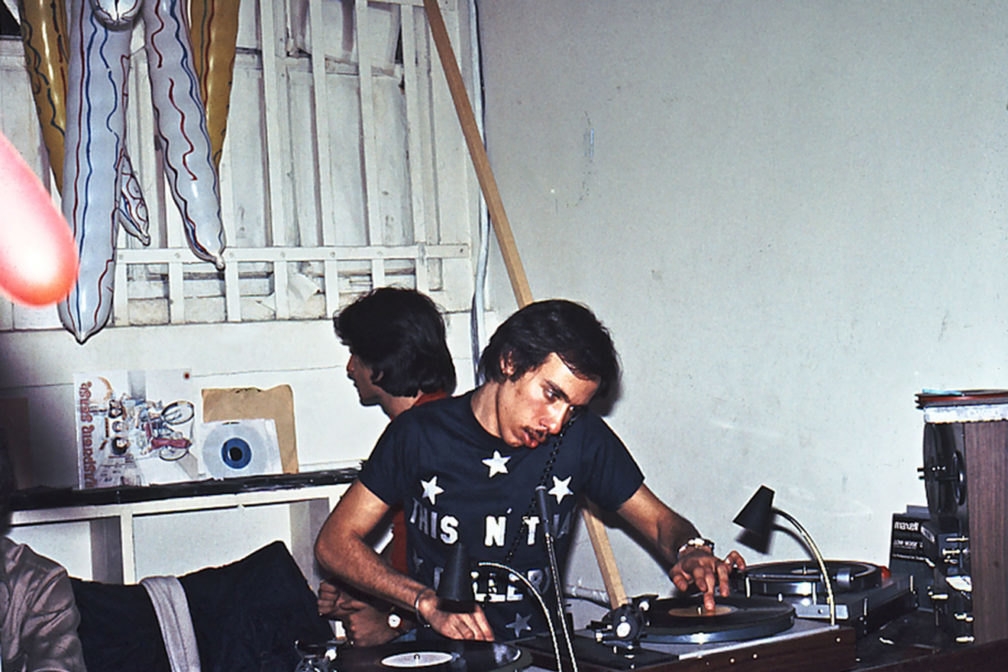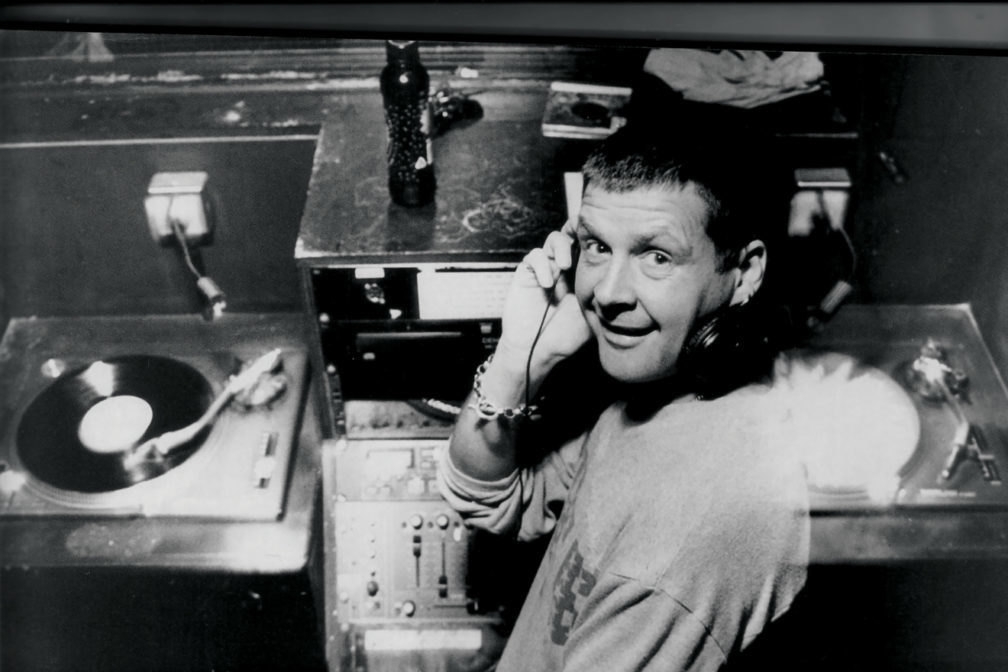 Features
Features
1976 - 2016: The history of the DJ booth
The evolution of DJ technology


Modern dance music was in full swing by the 1990s. Acid house had ended, but DJs like Sasha and Tony de Vit (pictured) were establishing the cult of the superstar DJ. Unlike the leading booths of the 70s, the DJ’s concern was less with the club’s sonics and more about mixing tunes on the ones and twos and getting carried away in the booth. Super-clubs kept the sound processing gear away from the direct control of the DJ. Technics 1200s or 1210s were by now industry standard. Tape machines were no longer required as the top-loading CDJ-500 had been introduced a year before and was the tool of choice for playing tracks fresh from the studio, acapellas and sound effects.
While CDJs would later go on to run Technics out of most booths, the 500s were tricky to mix with thanks to a clunky jog- wheel that couldn’t yet mimic the effect of a turntable – and for most of the 90s, Technics remained the main player of choice. The 500s did, however, have Master Tempo, the button that kept tracks in key when you changed pitch. Pioneer’s other great innovation was the DJM 500, a four-channel mixer with terrible sound but which became an instant hit thanks to an effects section that could sync with the BPM of the track playing. Cue pissed DJs the world over drunkenly thundering the delay effect until your ears threatened to melt.


